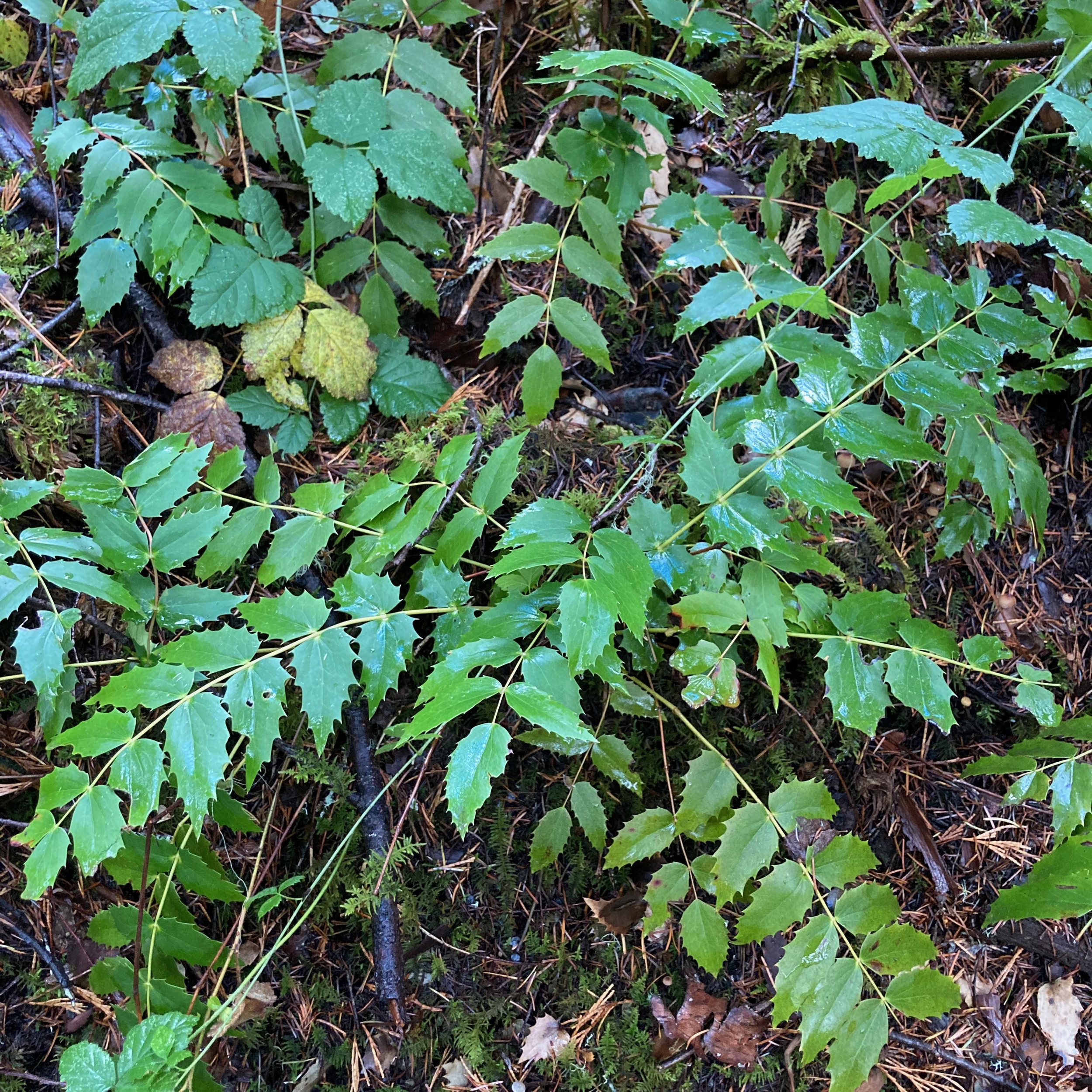
Comfrey
Medicinal Uses of Comfrey
Bees love Comfrey!
Comfrey’s scientific name, Symphytum officinale, is derived from the Greek symphis, which means “growing together of bones” or “knit together.” This points to Comfrey’s thousand-of-years-long history as a remedy for bone injuries.
In addition to its historic use as a poultice, compress, and salve to aid the healing of bones, Comfrey has been used for ankle twists and sprains, torn ligaments, knee and back pain, bruising, and the healing of superficial wounds. In addition, Comfrey may also be useful in treating skin conditions following radiation in Cancer patients.
Comfrey has also historically been used internally for gastric ulcers, reproductive issues, and broken bones. These days, internal use of Comfrey is not recommended because of the presence of pyrrolizidine alkaloids, compounds that can cause liver damage when ingested in excess. With its strong history of internal medicinal use, many herbalists are not concerned about the effect of small medicinal doses. However, we are conservative in our recommendations and suggest you use it externally only.
Growing Comfrey
We inherited a patch of Comfrey when we moved into our cottage so we don’t do much but let it grow. A native to Europe brought to this country as food for stock animals, Comfrey grows well in many conditions. It particularly likes moist, well drained soil and can grown in full sun or partial shade. Once it’s established, it has some serious staying power. And look closely at that picture—bees LOVE IT! So it brings pollinators to your garden!
Harvesting Comfrey
Both the roots and leaves of Comfrey can be used for medicine. We harvest the leaves at least three times a year, and they grow back almost as fast as we can blink! In its own ability to regenerate, it reveals to us how it helps our bodies regenerate, too. So harvest freely and often! In addition to drying it for poultice, oil, and salve-making, you can use Comfrey as a fabulous fertilizer containing nitrogen, phosphorus and potassium. Add leaves directly to your garden, or make a strong sun tea out of it and use it as a liquid fertilizer.
Using Comfrey
If you want Comfrey’s benefits but aren’t up for making your own oil or salve, you can try our Twist and Shout! Balm for Sprains, Strains, and Bones. On its own or paired with CBD salve, it’s incredibly supportive in the aftermath of anything achy-breaky to the body. If you do want to make your own wellness oil and salve, read below!
Make your own Comfrey Oil
Abundant Comfrey!
First, you’ll want to start with dried Comfrey. If you have Comfrey growing at home, pick a good handful of leaves and hang them indoors on a clothesline in a dark place with good air flow. Alternately, place them on screens in single layers, turning regularly. You could also buy dried Comfrey at your local herb shop.
Once dry, chop your herb finely, then pack it into a mason jar about 2/3 full. Cover it in an oil of your choice, leaving about an inch of room at the top of the jar. Great options are olive, apricot kernel, jojoba, and castor. Put your jar in a paper bag in a sunny window and let sit for about a month, shaking regularly.
Once your oil is infused, strain the oil through cheesecloth and put into a clean, dry mason jar. Let it sit for 24 hours, then pour off the oil again, leaving any remaining plant material behind. Your oil is now ready for you to apply to sprains, strains, breaks, and superficial scratches, scrapes, and bites!
Warning: Comfrey doesn’t smell great on its own, so you may want to add some essential oils for balance.
Make your own Comfrey Salve
Salve is just oil with a bit of beeswax added to it. Our favorite salve is made with 5 parts of oil by volume and 1 part beeswax by weight. In other words, if you have 5 fluid ounces of oil, weigh out one ounce of beeswax on a scale. Chop your beeswax into fairly fine pieces before continuing.
Once your ingredients are prepped, pour your oil and beeswax into the top of a double boiler or a metal bowl. Fill the bottom half of the double boiler partway with water and gently heat the oil in the top half of the boiler (or metal bowl) while the water below comes to a boil. Let the water below simmer until all the beeswax is melted.
Next, pour your warm oil/wax mixture into a pouring pitcher (Pyrex is best!) and then fill up your salve containers. You can buy small metal or paper containers online or at many health-food stores. You can also use small jelly jars (I like four-ouncers) or baby food jars. Add your essential oils at this point.
Leave the lid off while the mixture cools and hardens. You may want to place a piece of parchment or wax paper over your salves while they cool so you don’t get dust or any other surprises in them. Once they are cool and hard you can put on their lids. As always, LABEL WELL!
Now you have your own salve! xoox
Be well! Be strong! And be soft, too.
Resources
The information for this post came from the following resources:
Carpenter, Jeff and Melanie. 2015. The Organic Medicinal Herb Farmer. Chelsea Green Publishing.
Gladstar, Rosemary. 2008. Herbal Recipes for Vibrant Health. Storey Publishing.
Disclaimer
For educational purposes only. This information has not been evaluated by the Food and Drug Administration. This information is not intended to diagnose, treat, cure, or prevent any disease.


